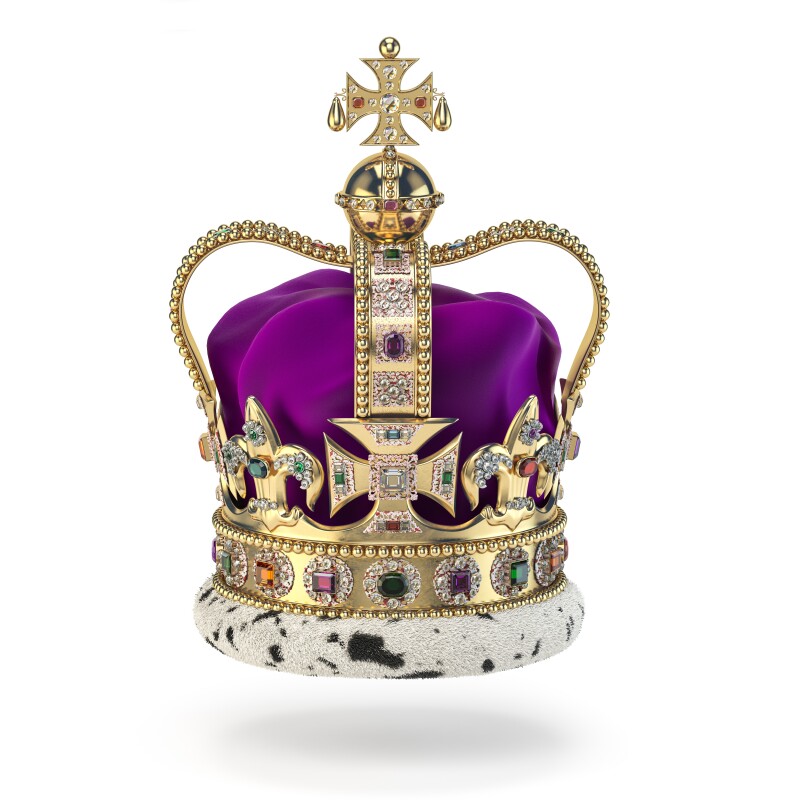Later this year, the United Kingdom and Commonwealth will celebrate the coronation of a new monarch, King Charles III. The three-day extravaganza, May 6-8, will undoubtedly be one of the most defining events of not only 2023 but the decade, as millions of people around the world tune in to watch the pageantry unfold.
This is only the third time a new monarch has been crowned in the last century, with the previous one occurring seventy years ago. To help you prepare for what is sure to be a memorable weekend, we have taken a closer look at four key things to know ahead of the festivities beginning.
When is the coronation of King Charles III?
The coronation of the new King will take place over three days, beginning on the morning of Saturday, 6th May, with the coronation of Charles III. On Sunday 7th, Windsor Castle will play host to a large celebration with a host of as-yet-unannounced global musical icons and contemporary stars set to perform.
Festivities will continue on Monday, 8th May, which has been declared a public holiday in the UK. Throughout the day, the Royal Family is encouraging people to get out and volunteer in the local community as part of “The Big Help Out”.
What will happen on the coronation day?
The event will begin with a procession from Buckingham Palace to Westminster Abbey, which will be known as “The King’s Procession.”

There will then be a short ceremony in the Abbey, which will be much more concise than that of Queen Elizabeth II, to reflect the changing role of the monarch. Expected to take around an hour, the exact details of the service are yet to be announced, but it is reported that Charles has requested a streamlined ceremony in response to the many struggles being felt by modern Brits living through the cost of living crisis. However, it will still stay true to the long-held traditions of the monarchy.
A larger ceremonial parade, known as “The Coronation Procession”, will then see the new King, alongside other members of the Royal Family, return to Buckingham Palace before an appearance on the iconic balcony to greet the thousands of fans lining the Mall.
How does the succession process work?

Following the death of Queen Elizabeth II, the right to the British throne immediately went to her son, Prince Charles, as part of the succession process. This is a centuries-old practice that began in the 17th century following an act of Parliament after the then King, James II, fled England in 1688.
The ruling stated that only the legitimate Protestant descendants of Sophia of Hanover were eligible to the crown. For centuries, the ruling meant the firstborn male would become King following the death or abdication of the current monarch, with the crown only passing to the daughter if there were no eligible sons.
This ruling was amended in 2013 with the Succession to the Crown Act, which removed the male primogeniture system and replaced it with the firstborn child. It also ended the provision that stated those who married a Roman Catholic were disqualified from the line of succession.
Who’s next in line for the throne?
When King Charles III took to the throne following the death of his mother, his son, Prince William, became the immediate heir. This means that he will take over ruling the monarchy upon the death of Charles.
William’s son, Prince George of Wales, is second in line to the throne, ahead of his younger sister Princess Charlotte of Wales and younger brother Prince Louis of Wales.
Want to learn more about the Royal Family tree?
The coronation of King Charles III is set to be a spectacular event in the long history of the British Royal Family. If you are looking to learn more about the many Kings and Queens who have ruled the commonwealth over the centuries, or find out if you could be connected, then FamilySearch is here to help you!
Our free-of-charge platform is designed to help you discover your heritage and connect with family members across the globe. Ready to find out if you could be royalty? Sign up today and start exploring the royal family tree today!





